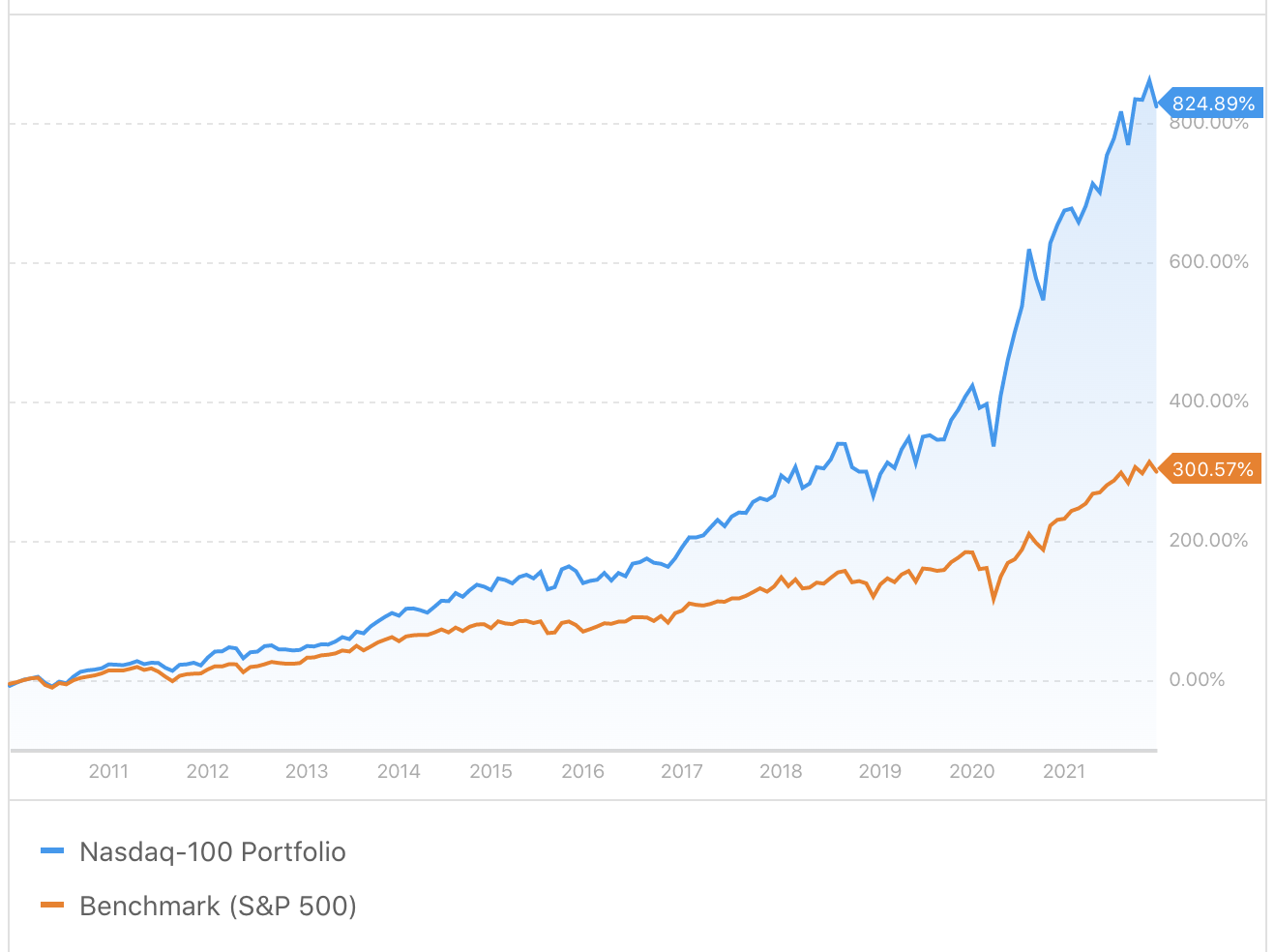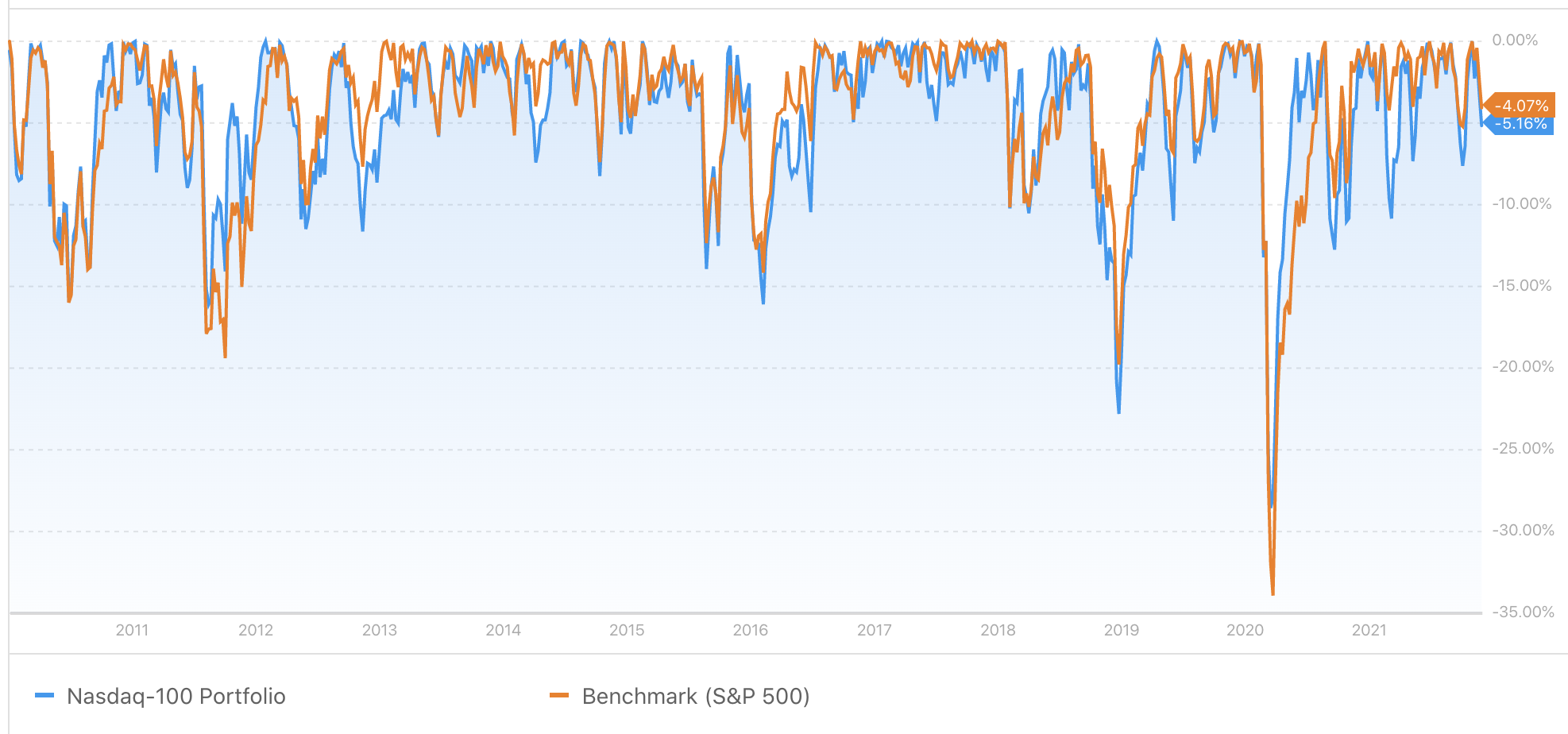Week 49: The Infinite Machine, A Different Look at NFTs and Market Selloffs
Briefing: The Infinite Machine about the creation of Ethereum is a must-read. | NFT is an overused term, so we’re writing about it this week to add clarity to the underlying principles that make this technology valuable. | Market selloffs happen regularly. As long as underlying fundamentals haven’t changed, it’s usually a buying opportunity.
The Infinite Machine
I recommend a relevant book, The Infinite Machine, because it will change how you think about the future and how you engage in it. The Infinite Machine covers the unlikely story of the creation of Ethereum. In 2015, the Ethereum team took the concept of Bitcoin’s blockchain and expanded it from a single currency to an entire platform capable of supporting multiple future crypto inventions. Like Bitcoin, Ethereum cannot be hacked, stolen or changed. Unlike the internet, it has a currency, ETH, attached to it. Almost anything can be created on Ethereum, and many things have: currencies, NFTs, open histories of trades, governance tokens, and now real estate tokens, to name a few.
The book details how Ethereum got started and who the principal players were. By consensus, Vitalik Buterin is credited with creating Ethereum. Vitalik was born in 1994 and is now worth billions because of his ETH holdings. Vitalik faced substantial obstacles within his own group because they are anarchists, they didn’t trust each other, and they didn’t trust any organized effort. A worldwide platform can’t be built unless there is an organized effort supported by a lot of money. Perhaps Ethereum is now so well established because of these obstacles.
In the Ethereum platform, decisions about its construction and use are made by a relatively small group of people. The platform is beyond the reach of all governments, so it cannot be directly influenced by local events or political ideology. Although the Ethereum creation was not about money, it attracted venture capital investors, Silicon Valley types, and wealthy individuals looking for the next great investment.
Read the book for details about the times Ethereum was about to fail, was lost, and was a hopeless venture. Realize also that the next platform is already being worked on. We know that it is important for investors to participate in thoroughly thought out but nearly impossible projects because that is how the future is created. We saw it with the internet, search engines, social media, Bitcoin, and Ethereum. We will see ‘it’ again. – John Osbon
A different look at NFTs – Non Fungible Tokens
We often pick topics to clarify what the media can’t or won’t explain. I thought we’d take a moment to clear the fog and get back to basics on NFTs, what they are and why they are useful. In 2015 the Ethereum ecosystem allowed people to create any new currency on top of Ethereum via their ERC-20 standard. Today there are 477,000+ ERC-20 tokens in existence. Most of the top cryptocurrencies listed on CoinMarketCap are ERC-20 which means they rely entirely on Ethereum to exist.
In 2018, Ethereum helped create the basis for NFTs by adding their ERC-721 standard (These are the only two ERC standards you need to know as of now.)
In the real world, just about every asset is non-fungible:
- Real Estate: No two houses are identical.
- Public and private businesses: No two companies are identical.
- Music, art, fashion and design: No two songs are identical.
- Intellectual property: Patents are unique by definition.
- Trading cards: Collectibles have never been my thing, but they are important to a particular type of sports fan, and no two cards are identical.
- Sports and events tickets: It costs a lot more to sit courtside than in the bleachers. Some people like to keep their favorite tickets as collectibles.
NFTs allow us to match unique real-world items to the blockchain. The success of the NFT marketplace shows us how future NFT projects could be collected and sold in the future. Eventually, real estate contracts will be stored as NFTs. In fact, Decentraland (the most prominent project where you can buy and sell virtual land) is built on that same ERC-721 NFT network because each plot of land is unique, just like in the real world.
The creation of NFTs allows us to track ownership and transactions of unique real-world assets via the blockchain. The NFT term may be overused to date, which seems to understandably turn people off to the idea before they get a chance to see how it might evolve from there. The underlying technology is undoubtedly useful as we leverage the blockchain to track and exchange ownership.
Rapid market drops happen frequently
The Nasdaq and other public market assets experience periodic market selloffs. Below is a chart of the Nasdaq and S&P 500 selloffs over the past ten years. You can see sharp drops of 5%, 10%, 15% and even 30% in the case of COVID during March 2020. Markets cannot stay at all-time highs and need periods to cool off.
Public markets (and all markets) respond to supply and demand dynamics. Flows in and out of assets and their respective derivatives contracts push prices up and down daily. Liquid daily markets are both a blessing and a curse. It’s a blessing that you can buy and sell interest in sophisticated businesses, and you can purchase quality asses when prices fall in a selloff.
Don’t forget that CNBC is free, which means their entire business model is based on training algorithms to add to the drama of these ups and downs to attract eyeballs and drive clicks.
No market moves in a straight line, and there will always be selloffs. With the amount of leverage in the system today, price movements are more dramatic as hedge funds rush to de-leverage trades all at once. As long as the underlying trends and fundamentals are solid, these periodic selloffs are an opportunity to buy the dip. More COVID variants will follow, valuations will need to reset from time to time as they are now, and large institutional and retail flows in and out of positions will move prices above or below the general range of their fair value.
To take this conversation a step further, we’re happy to share our set of real market risks that would change the underlying fundamentals and prompt the need for real portfolio changes. Number one on that list is the impact of China invading Taiwan and disrupting the global semiconductor supply chain.


Weekly Articles by Osbon Capital Management:
"*" indicates required fields
